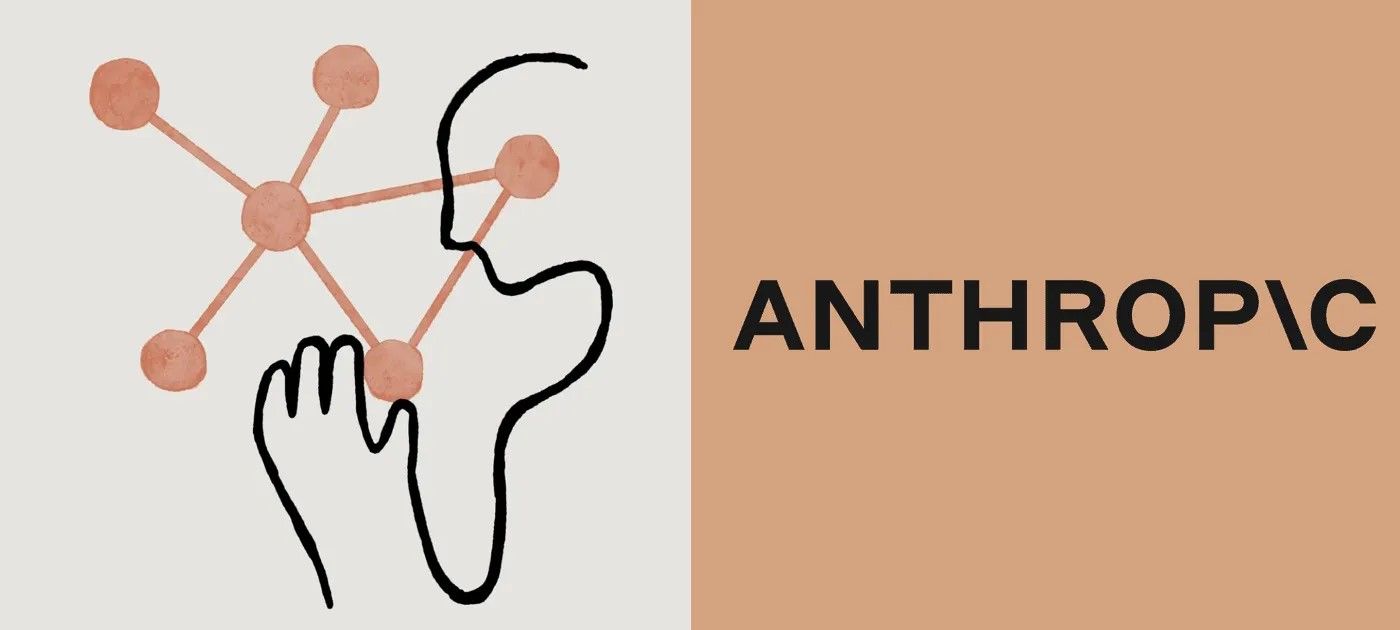Claude Opus 4.1: Towards a New Generation of AI
Anthropic is ramping up internal testing for what could be the next major leap in artificial intelligence: Claude Opus 4.1. Recent references in configuration files reveal that the new model, named “claude-leopard-v2-02-prod,” is under evaluation and promises enhanced problem-solving capabilities.
Focus on Problem Solving and Safety
Initial descriptions present the model as “the latest model for more problem-solving power,” hinting at improvements in reasoning and planning. However, Anthropic is moving cautiously: its internal safety system, Neptune v4, is currently undergoing red teaming, a process involving thorough testing before public release.
Release Timing
Historically, new models appearing in internal files have preceded official launches by a few days, but this time, the safety validation phase may extend the timeline. The release of Claude 4.1 is likely to follow only after these checks are complete.
Impact for Users and Professionals
The new model will likely be available via the Claude web app and API, initially for Opus tier users. Professionals relying on Claude for research, development, or automation could benefit greatly from the improved problem-solving capabilities.
Strategic Response to GPT-5
The launch of Claude Opus 4.1 is also a strategic move by Anthropic in response to the imminent arrival of GPT-5. While version 4.1 may seem like a minor update, previous version jumps have brought significant improvements. Anthropic is also working to make model versioning clearer and more consistent, reflecting architectural maturity.
"Tackling complex problems by breaking them down into subproblems, verifying answers, and self-correcting in real time—features that bring it significantly closer to human reasoning."
Sam Altman, CEO OpenAI
Conclusion
- Claude Opus 4.1 promises advances in problem-solving and safety.
- Release timing depends on internal safety testing results.
- The comparison with GPT-5 makes this evolution especially relevant for the AI sector.
